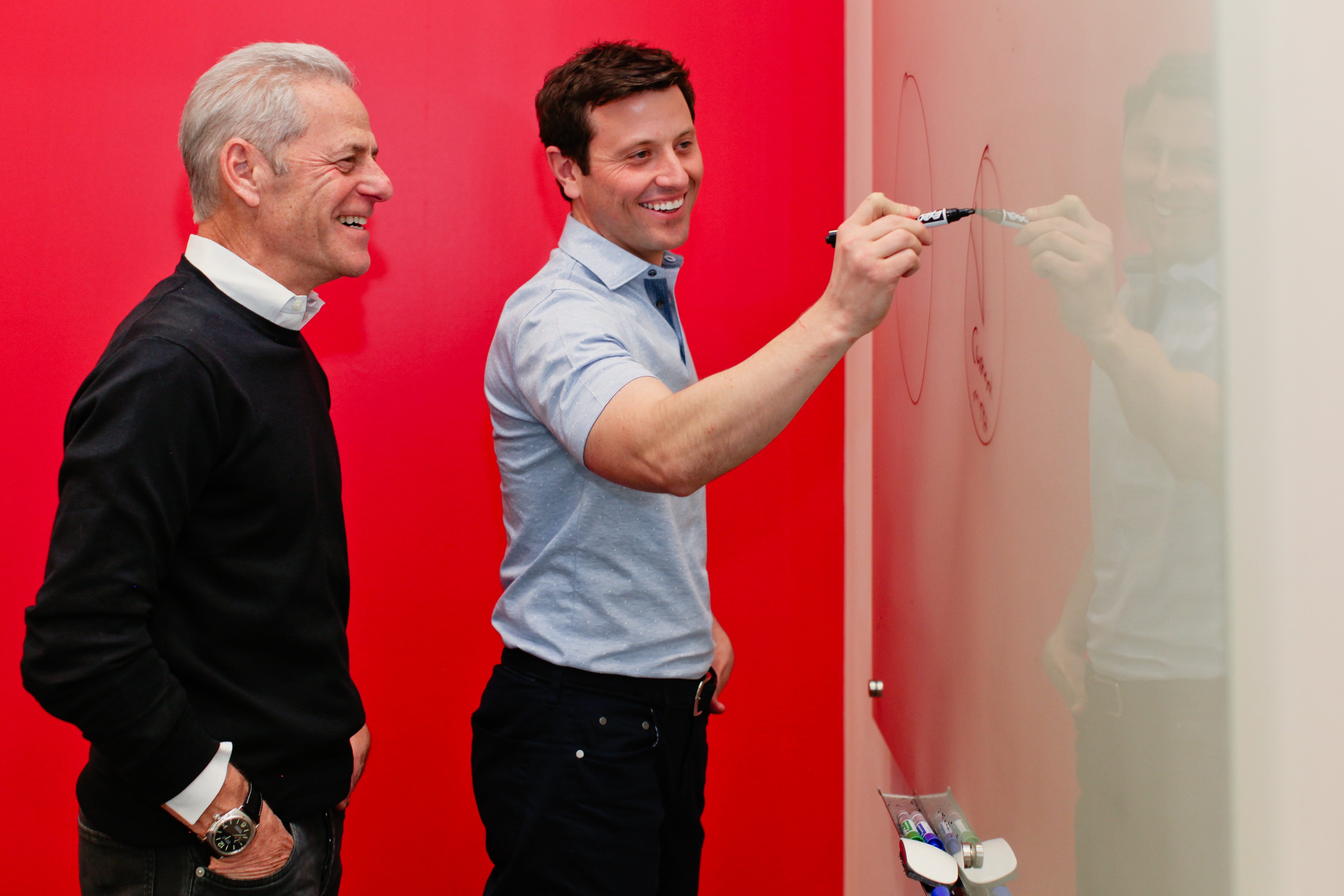4 Signs You’re Building Your Website Incorrectly

How to think beyond the standard website redesign project to achieve a site that truly connects with customers
Most businesses understand the importance of a website. After all, we live in a digital-first world. If a potential customer can’t find you on Google, chances are they won’t find you at all.
But there’s more to building a website than page navigation, copy, imagery and back-end coding. Sure, plenty of technology expertise is needed to build a website. But building a new website or updating an existing site is not just a technology project to better promote your company. Rather, it’s a marketing initiative to better support your potential customers as they research and make purchasing decisions.
The bottom line: websites should be built with a focus on marketing first. At Adept, we’ve spent hundreds of hours working with clients that completed a technology-focused website project and then needed a marketing team to clean up the marketing side of things. Without exception, all of those clients could have avoided the situation with proper planning by a marketing-focused development team.
Wondering if you are approaching your website project with a focus on technology instead of marketing? Here are four signs that you may be thinking about this wrong, and how to shift to a marketing-first approach.
1. Your goals for the project do not include KPIs like rankings, traffic, and conversion rate.
A technology-focused website redesign project is usually focused only on building a new website that looks better and functions well. This approach is very risky because it means there are no established benchmarks and you won’t know if the new site is good or bad for your business.
How to fix: The right approach is to look at all the KPIs for the current site and then set goals for what you want them to be with the new site. This guides your planning and strategy work by helping you stay focused on what truly matters. You’ll want to check the new site against the benchmarks at 30, 60 and 90 days to get a sense of how well the new site is performing. Note: You typically want to target maintaining equal performance with the benchmarks initially, then build on that over time.
2. You start planning the new site by building a list of content updates and features you’d like to add.
Inevitably this leads to a self-first and technology-first approach that could end up creating a website that performs worse than your current site in supporting potential customers.
How to fix: The right approach is to start by digging into the analytics. Understand what parts of the site are working and what are not. Then make sure the planning starts with an understanding of what you need to preserve and what you need to improve. Next, you want to think about your customer types (personas) and how they make the decision to buy. This will help you structure your site in a way that puts the right information in front of potential customers at the right time, while guiding them through the supporting information they need to make a decision.
3. You have a plan to design, develop, and launch the new website, but don't have a search engine rankings preservation plan.
The majority of companies launch new websites without regard for the impact the change will have on search rankings. When this happens, the traffic and resulting customers from search engines usually drops tremendously. Sometimes, it comes back after 90 days, but in many cases, it is lost forever unless a lot of work is put in to get things back into shape. Your site is only of value to your business if potential customers can find it.
How to fix: The right approach is to understand what will be required to maintain and improve traffic from search engines prior to starting the web design project. This is critical because you may be thinking of eliminating several pages that are not important from your point of view, but could be driving 50 percent of all search engine traffic. Again, you’ll want to look at the analytics and understand which pages are landing the most traffic from search engines, then use a rank tracking tool to identify which keywords are driving that traffic. With this insight, you can make sure to plan the site design and launch to support maintaining or enhancing the search engine optimization (SEO) performance.

4. The partners you're considering hiring to build the site are all Website Development firms.
Most web development firms consist of project managers, designers and developers but lack any deep expertise in digital marketing. So, working with only a website development firm guarantees that your new website is a technology project, and will focus just on the technological features of the site, rather than building the site to truly meet the needs of your customers and audiences.
How to fix: The right approach is to make sure you have marketing expertise on your team to help turn that tech project into a marketing project, allowing you to fully implement all of the suggestions mentioned above (and more). You can hire a website development firm and a marketing firm, or you can hire a firm like Adept, which is a digital marketing firm that also does website design and development.
If the goal of marketing is to drive growth for the business, then businesses need to think of their website as a key part of all marketing efforts. In many cases, your website may be the first interaction customers have with your business, which makes it even more important that it is built with a marketing-first mentality. To learn more about Adept Marketing and our marketing-first approach to website design, get in touch with us.

